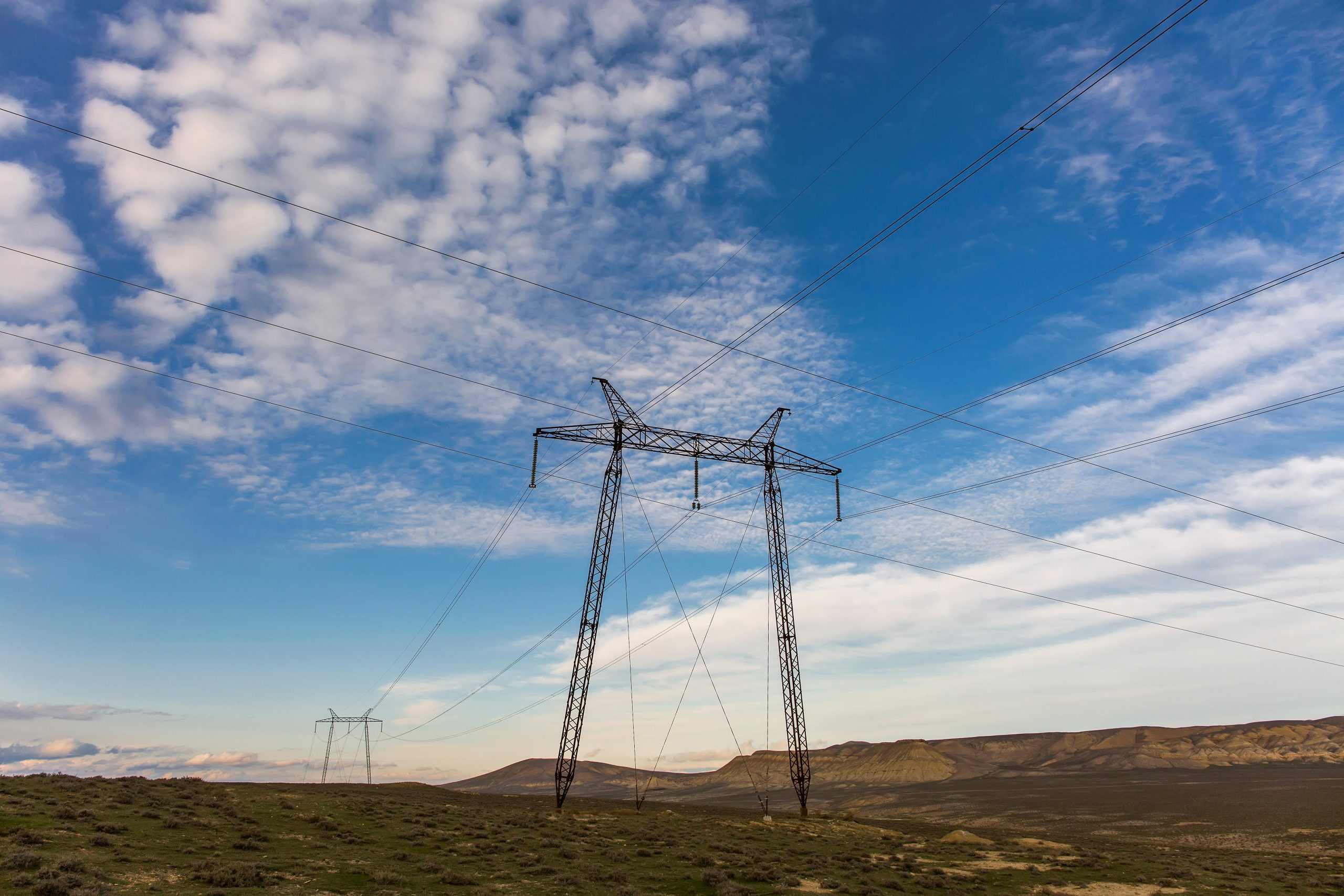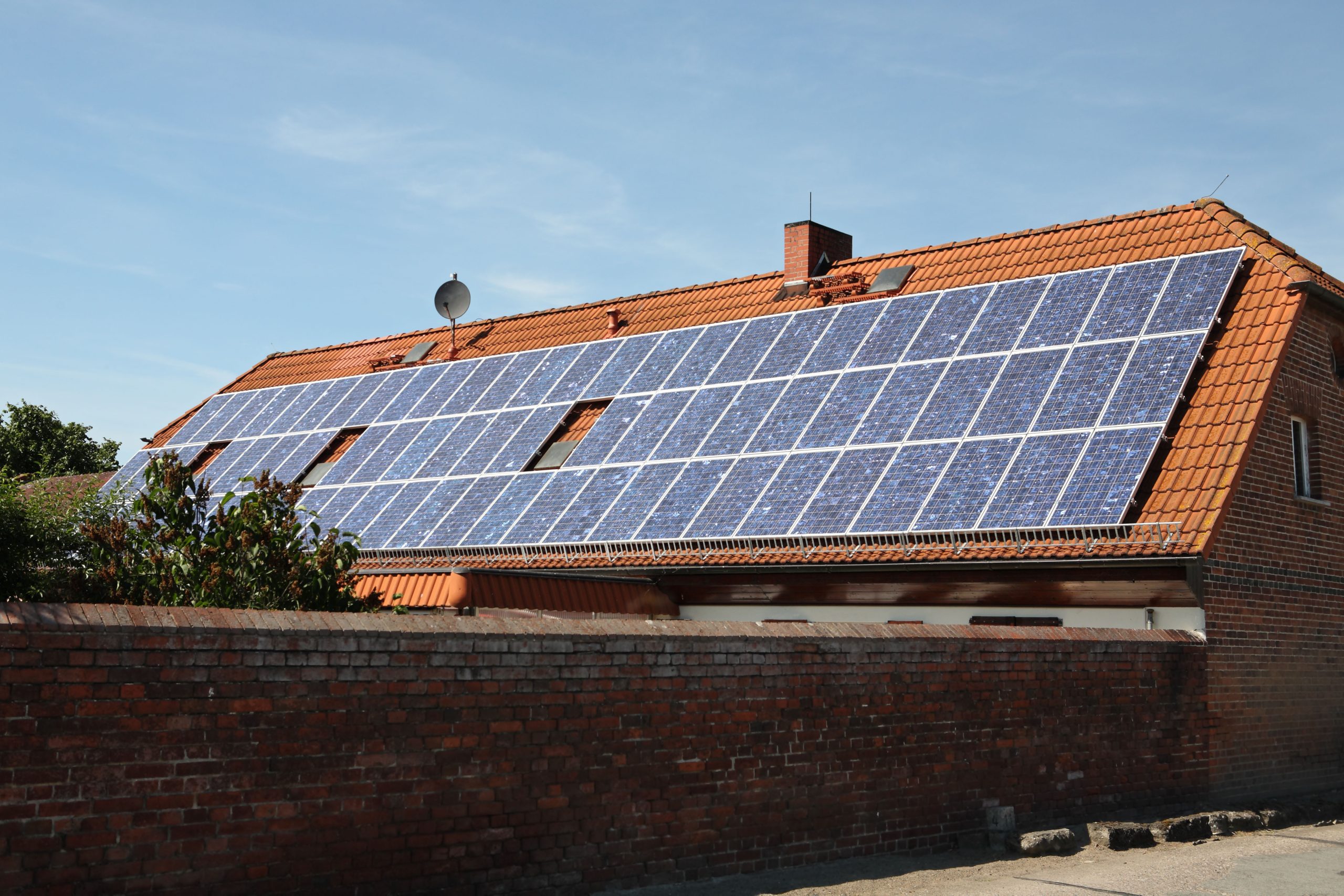Chapter 2:
National Emission Estimates
In this chapter
There are major gaps in how governments measure these emissions
Most major coal-producing countries don’t report CMM, and 97% of reported emissions are not based on directly measured methane. Consequently, 22 countries may have double the emissions they currently report, whilst a further 22 countries are potentially underestimating their emissions by 50% or more.
Ember’s assessment of government reporting of CMM emissions looked at 3 distinct criteria. These are:
- How recently they reported CMM emissions
- How robust their reporting methods are
- How closely reported estimates align with independent assessments
Countries were scored between 0-2, following the scoring criteria for each question. Then, the overall score was determined by summing all three scores. A detailed methodology can be found here.
We found that only 4% of reported coal mine methane emissions are reported with high confidence, with a further 10% reported with medium-high confidence. The large majority of emissions (83%) are medium-low confidence, and a further 3% have low confidence.
The national level analysis in this report has not taken into account emissions from closed or abandoned mines. Reporting for this methane source is found only for a subset of countries, and the lack of national level data and independent estimates means they have not been assessed here.
3.1
Many major coal producing countries don’t report annually
Only 44 countries published data for CMM in 2021, reporting 7.5 million tonnes of methane emissions in total.
Reporting annually to the UNFCCC is still uncommon for many of the largest coal producing countries. China last reported in 2014, South Africa in 2017 and India in 2016. Whilst industrialised countries and economies in transition (defined as ‘Annex 1’ by the UNFCCC) all reported emissions in 2021, the last reporting year for developing countries (Non-Annex 1) spans from 2021 to 1994. Bangladesh, Mozambique and Pakistan all have significant coal sectors and have never reported their emissions.
3.2
97% of reported CMM emissions are not measured directly
Ember’s analysis found that the robustness of methods used to estimate and report national CMM emissions is particularly weak globally.
97% of reported CMM emissions use emissions factors to estimate their emissions, also known as Tier 1 and 2 methods. This means the reported emissions are not based on direct measurements.
Only 3% of reported CMM emissions are from countries that measure the majority of their methane emissions from coal. Ukraine and Poland were the only two countries to have directly measured the methane emissions from the majority of their coal production, based on hard coal from underground mines.
Case study: The failure to accurately estimate open cut coal mine methane emissions in Australia
While Australia directly measures the methane emissions from its underground coal mines, it allows open cut coal mines, which represent close to 75% of the industry, to rely upon outdated emissions factors. Open cut coal operators have hidden behind extremely low emission factors, despite the uncertainty associated with the use of such factors. In Queensland, an Australian sub-national territory, measurements from 10 open cut coal mines showed certain mines have emission rates approximately 50 times higher than others.
However, new data from satellites and remote surveys conducted by car have spotted multiple, mega-emitting open cut coal mines, with methane emissions much higher than their estimates. For example, Glencore’s Hail Creek open cut coal mine in Queensland has been found to be significantly under-estimating its methane emissions. In 2018-2019 it was estimated that Hail Creek was extracting coal with a methane intensity of 34 kg of methane per tonne of coal, a methane intensity that is 30 times higher than the State-based emissions factor used to measure open cut Queensland coal mines.
The lack of any direct measurements of methane emissions at open cut coal mines leads to the risk that even countries reporting to the highest IPCC methodologies are missing significant emissions.
3.3
22 countries may have more than double the emissions officially reported
For 22 countries, the independent estimates show that they may have more than twice as much coal mine methane as they report. A further 22 countries may emit between 50% to 100% more than they report. Overall, this means that 94% of reported CMM emissions are estimated by independent studies to be significantly different.
Three countries with some of the largest percentage differences in reported and independently estimated active mine methane emissions are South Africa, Indonesia and Germany.
South Africa
South Africa is estimated to emit 7 to 14 times more than it officially reports, potentially adding one million tonnes of methane emissions per year. The country currently reports to the UNFCCC using country based emissions factors and mines the majority of its coal from open cut mines. Using methane’s short-term climate impact this means South Africa’s coal mines could be adding a quarter to the country’s total annual CO2 emissions.
Indonesia
Independent studies suggest Indonesia could be emitting between 5 to 30 times as much as the government currently reports. At the higher end this would be an additional 3.8 million tonnes of methane annually for Indonesia. Indonesia reported to the UNFCCC using default emissions factors, and all of its coal is mined at surface mines. Using methane’s short-term climate impact this means Indonesia could be emitting methane equivalent to 62-325 million tonnes of CO2 annually, equivalent to half of Indonesia’s annual CO2 emissions.
Germany
Germany is estimated to emit between 9 to 53 times as much as it officially reports from active mining operations, potentially adding a further 200,000 tonnes of methane emissions. Germany mines coal at open cut mines and uses a country-specific emission factor based on a 1989 study. Using methane’s short-term climate impact this would mean Germany’s CMM emissions are between 3-17 million tonnes of CO2e, equivalent to some of the country’s dirtiest coal power plants.
Related Content




